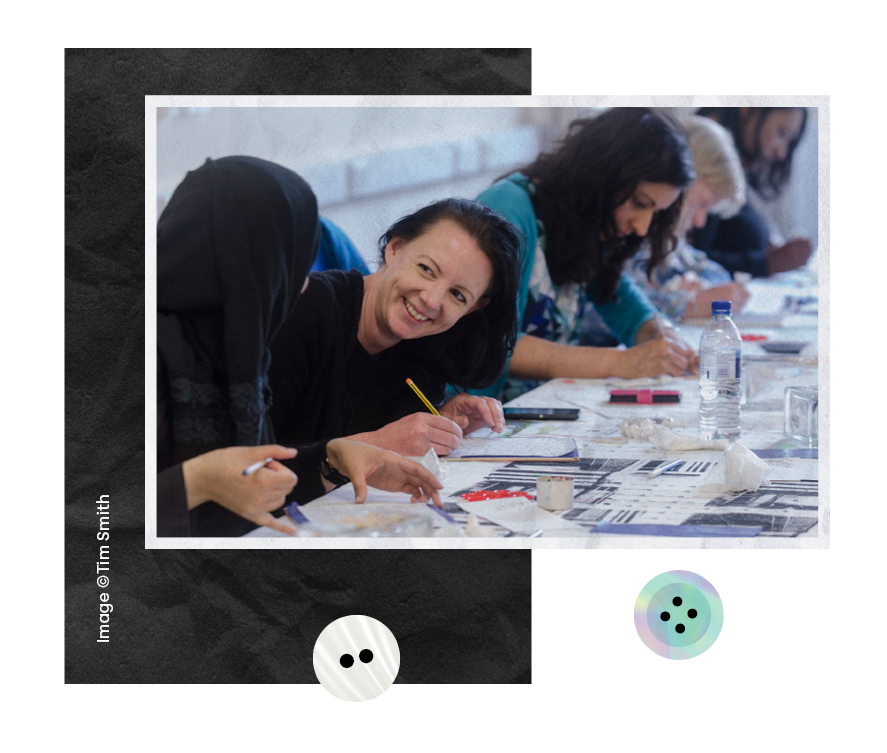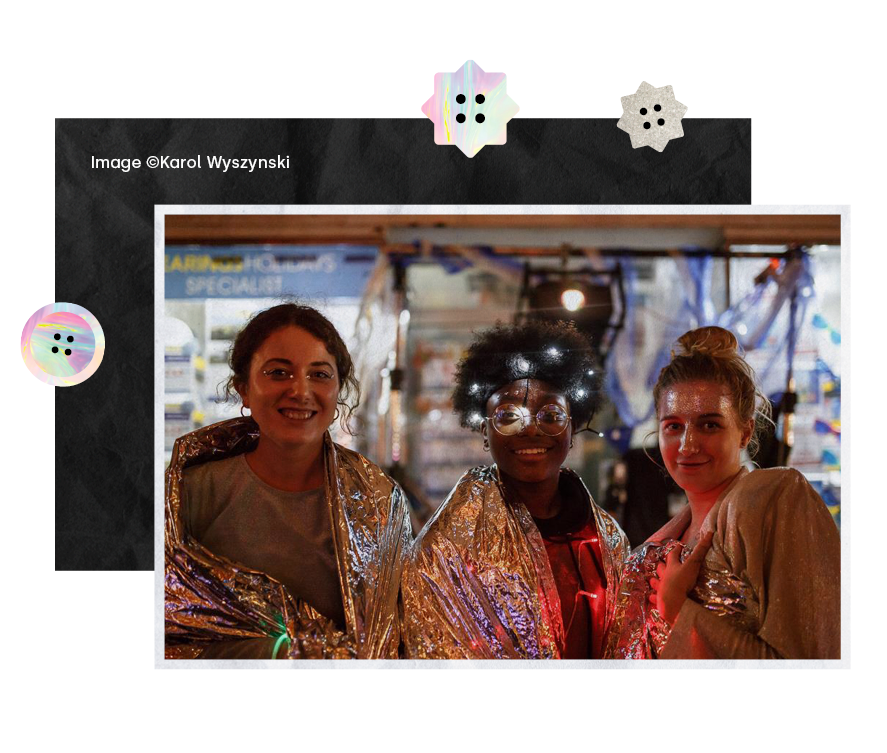International evidence has shown the benefits of arts, culture and heritage
↓
↓
It supports our personal wellbeing and makes people feel more content.
It helps people feel part of their community, fosters a sense of collective identity, creates space for interaction and shared experience and contributes towards people having a stronger attachment to a place.
It increases satisfaction and plays an important role in attracting and retaining talent, in particular graduate companies in the digital and creative industries
It is important in putting places on the map and, where necessary, changing negative perceptions and media stereotypes of the attractiveness of areas as places to live, work and visit
There are also hard-nosed reasons why we need culture to be our plan. Arts, culture and heritage can be a big part of our recovery now and our long-term economic success in the future.
↓
Prior to COVID-19, the UK’s cultural and creative industries – architecture, dance, music, theatre, cultural festivals, product and graphic design, fashion, film, TV, video, radio, photography, gaming and computer services, literature, poetry and publishing, museums, galleries and libraries, visual arts and crafts, advertising and marketing – have been an international success story.













